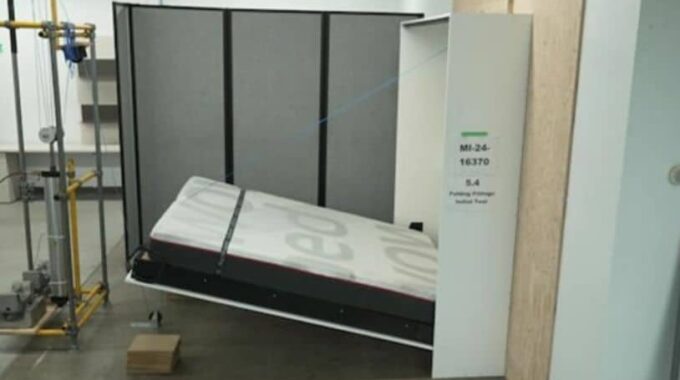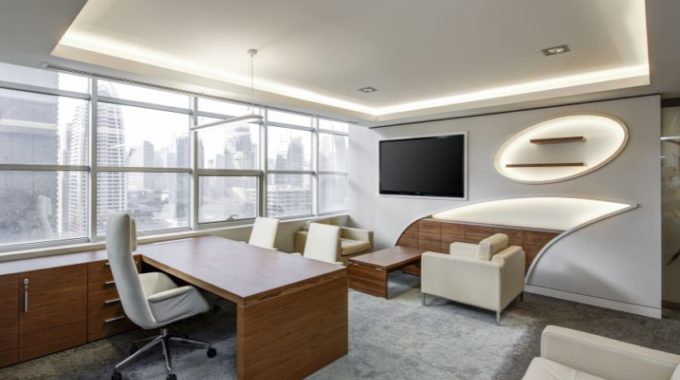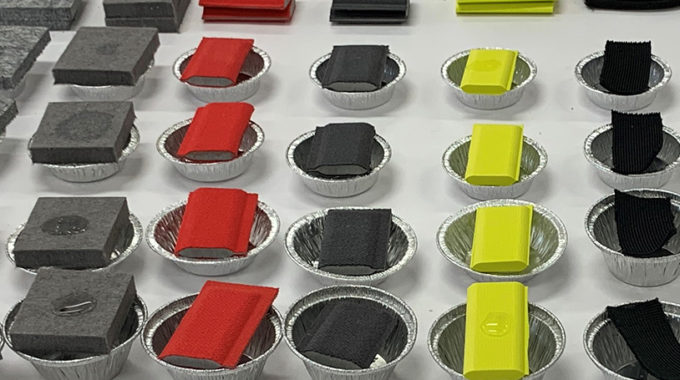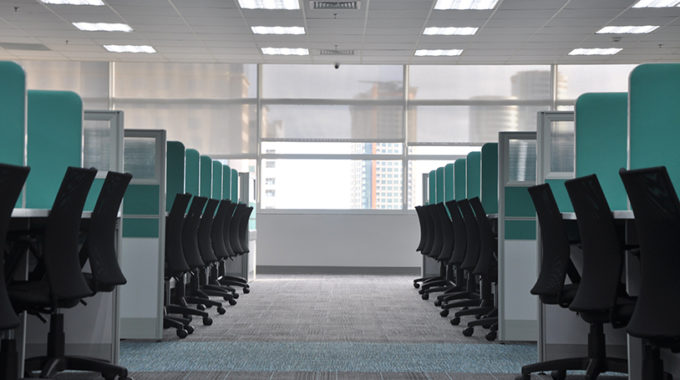Ensuring the Safety of Foldaway Beds with ISO 10131
With increasing urbanization and the need to optimize living spaces, foldaway beds (or murphy beds) have emerged as an ingenious solution for maximizing available space in small homes and condos. However, this equipment presents mechanical risks that require a rigorous…





